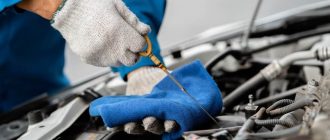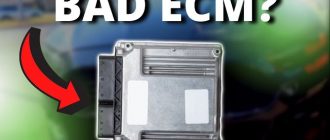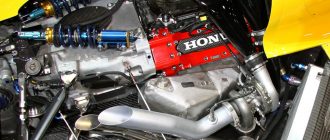## How Engine and Transmission Connect in a Manual Car
Introduction
In a manual transmission car, the engine and transmission are connected through a clutch. The clutch is a mechanical device that allows the driver to disconnect the engine from the transmission, allowing the car to stop or shift gears.
The Clutch
The clutch consists of two main components: a pressure plate and a driven plate. The pressure plate is connected to the flywheel, which is connected to the engine crankshaft. The driven plate is connected to the input shaft of the transmission.
When the clutch is engaged, the pressure plate clamps the driven plate against the flywheel, creating friction that transmits power from the engine to the transmission. When the clutch is disengaged, the pressure plate releases the driven plate, allowing the engine to spin freely while the car is stopped or shifting gears.
The Gearbox
The gearbox is a mechanical device that allows the driver to change the gear ratio between the engine and the wheels. This allows the car to travel at different speeds and torques.
The gearbox consists of a series of gears that are arranged in different combinations. Each gear combination provides a different gear ratio. The driver selects the desired gear by moving the gearshift lever.
The Driveline
The driveline is a series of components that transmits power from the gearbox to the wheels. The driveline consists of the following components:
* **Propeller shaft:** A long, rotating shaft that connects the gearbox to the differential.
* **Differential:** A mechanical device that allows the wheels to turn at different speeds when cornering.
* **Axles:** Shafts that connect the differential to the wheels.
How the Engine and Transmission Work Together
When the driver starts the car, the engine sends power to the flywheel. The flywheel is connected to the pressure plate, which clamps the driven plate against the flywheel. This creates friction that transmits power from the engine to the transmission.
The transmission then sends power to the driveline, which transmits power to the wheels. The driver can change the gear ratio by moving the gearshift lever, which allows the car to travel at different speeds and torques.
When to Replace the Clutch
The clutch is a wear item that will eventually need to be replaced. The average lifespan of a clutch is about 100,000 miles. However, the lifespan of a clutch can vary depending on the driving conditions and the type of car.
Some signs that the clutch needs to be replaced include:
* **Slipping clutch:** The clutch slips when it cannot transmit the power from the engine to the transmission. This can cause the car to lose power or stall.
* **Dragging clutch:** The clutch drags when it does not fully disengage when the driver presses the clutch pedal. This can make it difficult to shift gears.
* **Chattering clutch:** The clutch chatters when it engages and disengages. This can be caused by a worn or damaged clutch disc.
If you experience any of these symptoms, you should have your clutch inspected by a mechanic.
Conclusion
The engine and transmission are two of the most important components in a manual transmission car. They work together to transmit power from the engine to the wheels, allowing the car to move. The clutch is a key component that allows the driver to disconnect the engine from the transmission, allowing the car to stop or shift gears.




